Katalognummer: CA0420-036 AN EXCEPTIONAL LARGE LIMESTONE FIGURE OF A BODHISATTVA, TANG DYNASTY China, 618-907. Beautifully carved in the round, standing in a nuanced contrapposto with a vase held in the proper left hand, the body lavishly adorned with beaded necklaces and jeweled pendants. Provenance: Arthur Huc (1854-1932). Marcel Huc, inherited from the above. Thence by descent within the same family. Arthur Huc was the chief editor of La Dépêche du Midi, at the time the leading newspaper in Toulouse, France. He was also an accomplished art critic and early patron of several artists, including Henri de Toulouse-Lautrec At the same time, Arthur Huc was a keen collector of Asian art, a passion that he inherited from his legendary ancestor Évariste Régis Huc, also known as the Abbé Huc (1813–1860), a French Catholic priest and traveler who became famous for his accounts of Qing-era China, Mongolia and especially the then-almost-unknown Tibet in his book “Remembrances of a Journey in Tartary, Tibet, and China”. Condition: Extensive weathering, wear, breaks, losses and erosions as visible on the images at www.zacke.at. Remnants of an old varnish coating. Two structural cracks, one at the neck and one just above the feet, both with old fillings. Considering the age of this statue, the condition must still be regarded as highly satisfying. French Export License: Certificat d’exportation pour un bien culturel Nr. 185432 dated 3.07.2017 has been granted and is accompanying this lot. Scientific Report: A detailed microanalysis report, issued by Laboratoire M.S.M.A.P. SARL, Sciences des Matériaux Anciens et du Patrimoine - Etude des objets d’art, Nr. 20-050 OA (dated 02/24/20) is accompanying this object. The report states that the characteristics of the present lot are “in accordance with the assumed origin and age of the object.” (please see scans of the report online at www.zacke.at) Weight: 98 kg (including the base) Dimensions: 100 cm (without the base) This figure of a bodhisattva is remarkable for its graceful pose, naturalistic, yet genderless physique, elegant flowing skirt and scarves, and voluminous flower-decorated hair style. It is a classic example of China’s Buddhist stone carving from the period that saw perhaps the greatest flowering of China’s plastic arts, the High Tang period under Emperor Xuanzong (r. 713-755). An elaborate multi-strand necklace is hanging down from the shoulders along either side of the sensual, rounded belly and stops just above the ankles, centered by a lotus pendant. The dhoti is ribbon-tied above the waist and cascades in folds along the contours of the legs. The head bears a five-pointed diadem just below a minuscule statue of Amithaba. The figure stands on a single lotus base, raised from a square plinth flanked by two guardian lions. In the early Tang period we begin to see a more naturalistic approach to the depiction of Buddhist deities, for example in late 7th century caves at Longmen, constructed under Empress Wu (624-705), where bodhisattvas are already rendered as more human figures, standing with a slight swerve to the body and performing naturalistic gestures (Zhongguo meishu quanji: Diaosu bian [Complete series on Chinese art: Sculpture section], vol. 11, Shanghai, 1988, pl. 183 and Ryumon Sekkutsu / Longmen Caves, exhibition catalogue, The Miho Museum, n. p., 2001, p. 62). The full transformation towards a ravishingly beautiful, sensuous naturalism in Buddhist imagery, where the religious message is delivered through a very accessible form of human beauty did, however, only materialized in the High Tang period. This era marks the fully matured style of Buddhist stone sculpture, a style similarly manifested also in gilt bronze, clay and wood, and it unquestionably marks one of the finest periods of China’s sculptural tradition, which brought forth some of the country’s most impressive figurative masterpieces. The Tang dynasty saw an unequalled flowering of the Buddhist doctrine an
Katalognummer: CA0420-036 AN EXCEPTIONAL LARGE LIMESTONE FIGURE OF A BODHISATTVA, TANG DYNASTY China, 618-907. Beautifully carved in the round, standing in a nuanced contrapposto with a vase held in the proper left hand, the body lavishly adorned with beaded necklaces and jeweled pendants. Provenance: Arthur Huc (1854-1932). Marcel Huc, inherited from the above. Thence by descent within the same family. Arthur Huc was the chief editor of La Dépêche du Midi, at the time the leading newspaper in Toulouse, France. He was also an accomplished art critic and early patron of several artists, including Henri de Toulouse-Lautrec At the same time, Arthur Huc was a keen collector of Asian art, a passion that he inherited from his legendary ancestor Évariste Régis Huc, also known as the Abbé Huc (1813–1860), a French Catholic priest and traveler who became famous for his accounts of Qing-era China, Mongolia and especially the then-almost-unknown Tibet in his book “Remembrances of a Journey in Tartary, Tibet, and China”. Condition: Extensive weathering, wear, breaks, losses and erosions as visible on the images at www.zacke.at. Remnants of an old varnish coating. Two structural cracks, one at the neck and one just above the feet, both with old fillings. Considering the age of this statue, the condition must still be regarded as highly satisfying. French Export License: Certificat d’exportation pour un bien culturel Nr. 185432 dated 3.07.2017 has been granted and is accompanying this lot. Scientific Report: A detailed microanalysis report, issued by Laboratoire M.S.M.A.P. SARL, Sciences des Matériaux Anciens et du Patrimoine - Etude des objets d’art, Nr. 20-050 OA (dated 02/24/20) is accompanying this object. The report states that the characteristics of the present lot are “in accordance with the assumed origin and age of the object.” (please see scans of the report online at www.zacke.at) Weight: 98 kg (including the base) Dimensions: 100 cm (without the base) This figure of a bodhisattva is remarkable for its graceful pose, naturalistic, yet genderless physique, elegant flowing skirt and scarves, and voluminous flower-decorated hair style. It is a classic example of China’s Buddhist stone carving from the period that saw perhaps the greatest flowering of China’s plastic arts, the High Tang period under Emperor Xuanzong (r. 713-755). An elaborate multi-strand necklace is hanging down from the shoulders along either side of the sensual, rounded belly and stops just above the ankles, centered by a lotus pendant. The dhoti is ribbon-tied above the waist and cascades in folds along the contours of the legs. The head bears a five-pointed diadem just below a minuscule statue of Amithaba. The figure stands on a single lotus base, raised from a square plinth flanked by two guardian lions. In the early Tang period we begin to see a more naturalistic approach to the depiction of Buddhist deities, for example in late 7th century caves at Longmen, constructed under Empress Wu (624-705), where bodhisattvas are already rendered as more human figures, standing with a slight swerve to the body and performing naturalistic gestures (Zhongguo meishu quanji: Diaosu bian [Complete series on Chinese art: Sculpture section], vol. 11, Shanghai, 1988, pl. 183 and Ryumon Sekkutsu / Longmen Caves, exhibition catalogue, The Miho Museum, n. p., 2001, p. 62). The full transformation towards a ravishingly beautiful, sensuous naturalism in Buddhist imagery, where the religious message is delivered through a very accessible form of human beauty did, however, only materialized in the High Tang period. This era marks the fully matured style of Buddhist stone sculpture, a style similarly manifested also in gilt bronze, clay and wood, and it unquestionably marks one of the finest periods of China’s sculptural tradition, which brought forth some of the country’s most impressive figurative masterpieces. The Tang dynasty saw an unequalled flowering of the Buddhist doctrine an

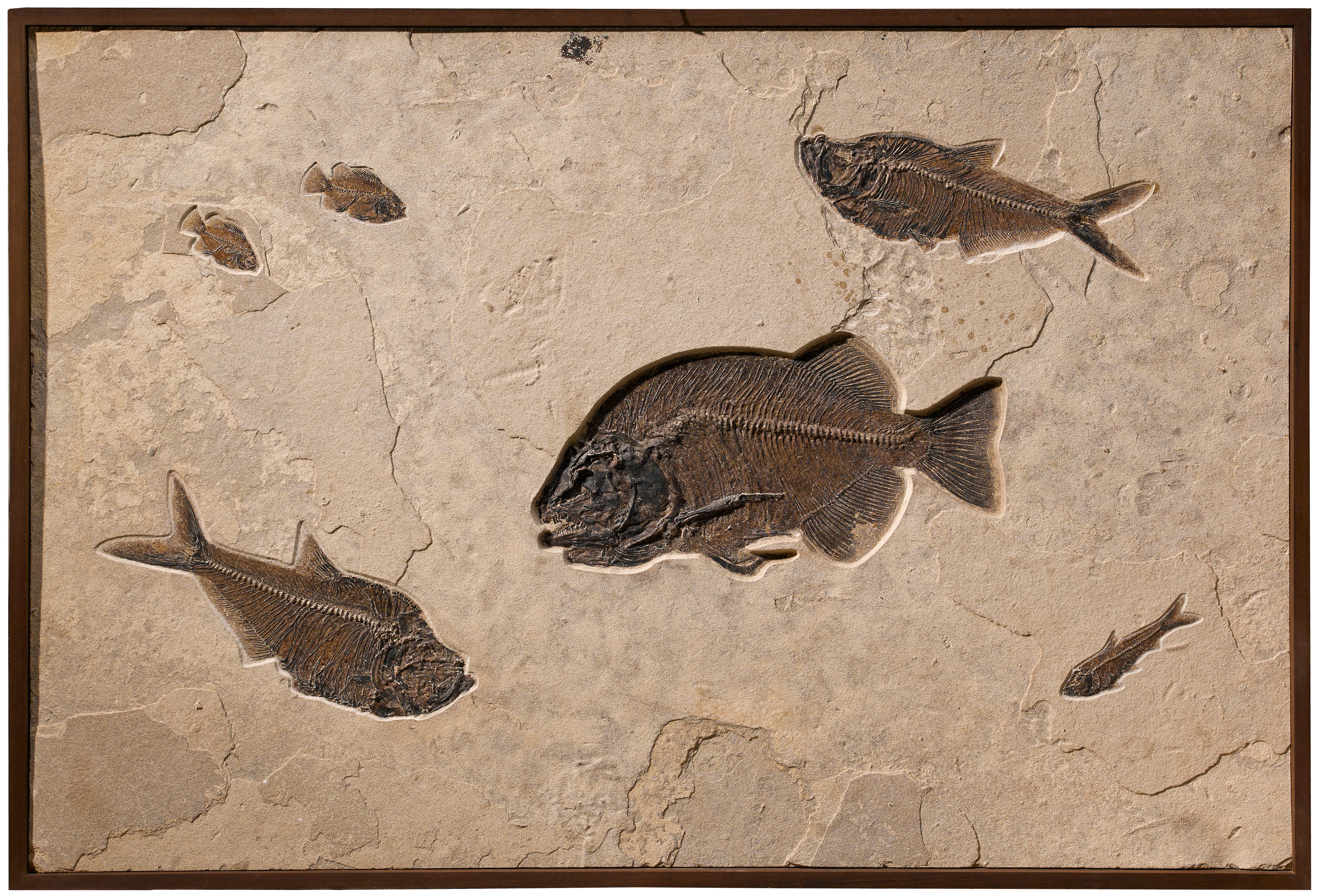
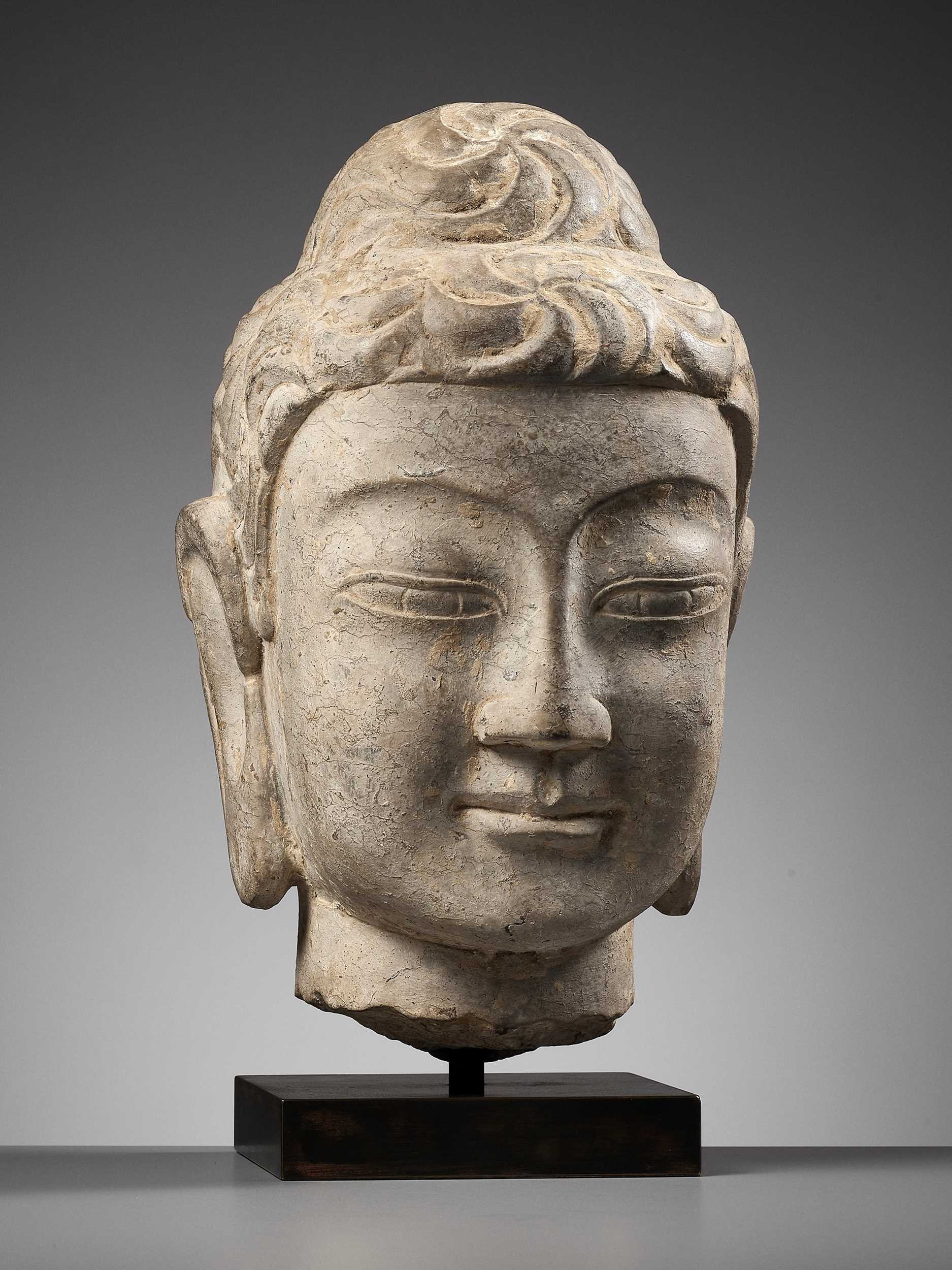
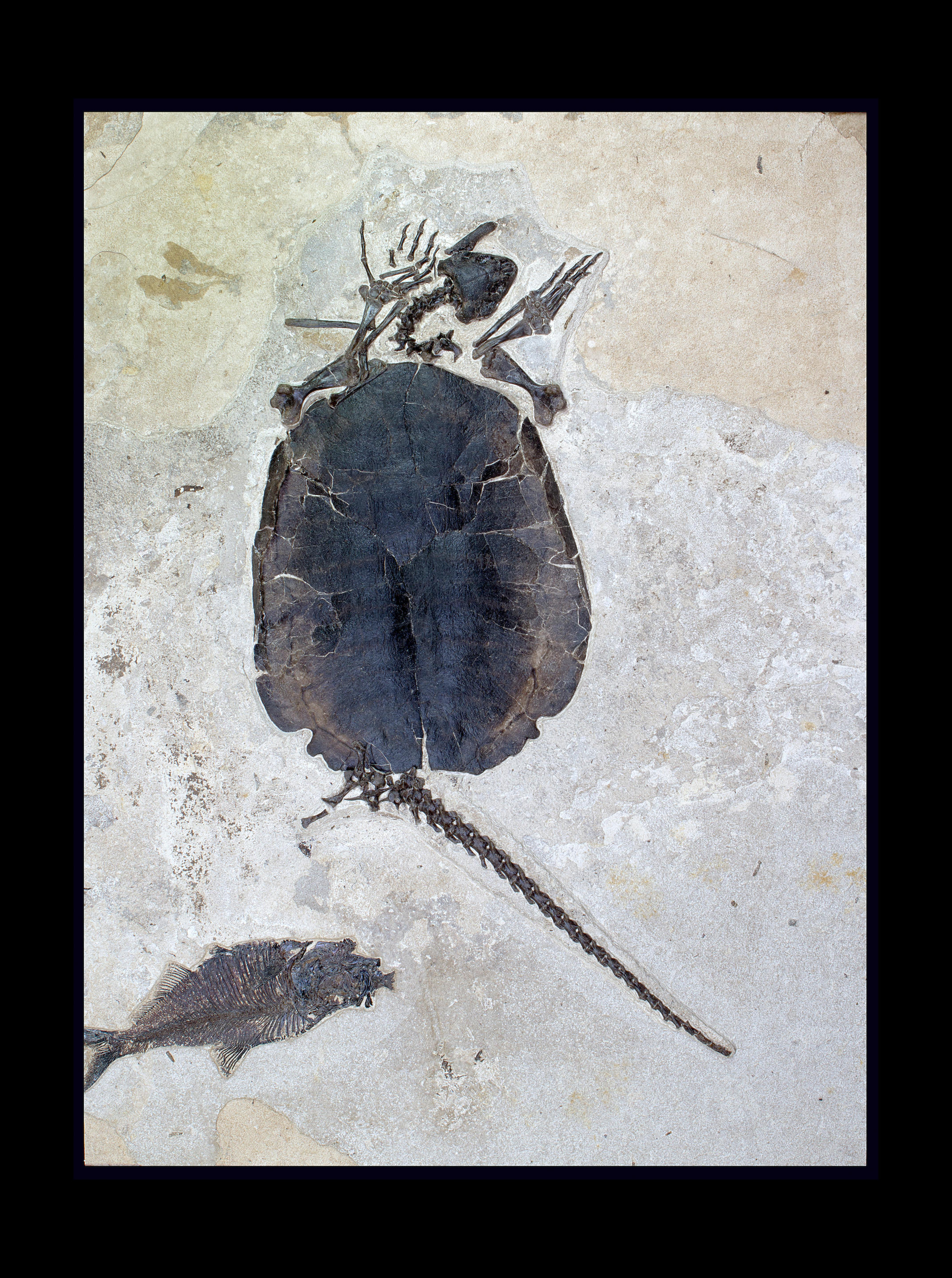
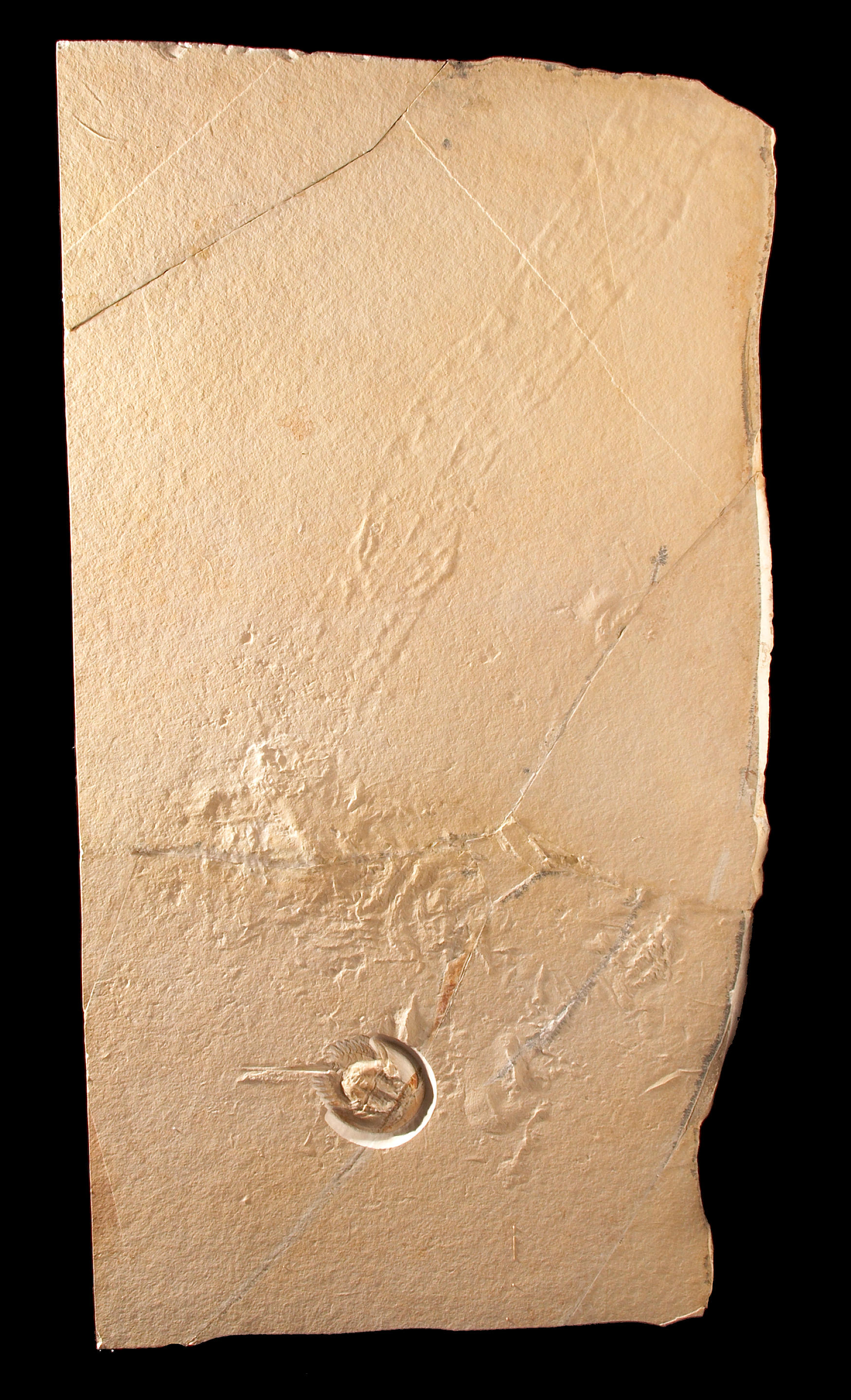

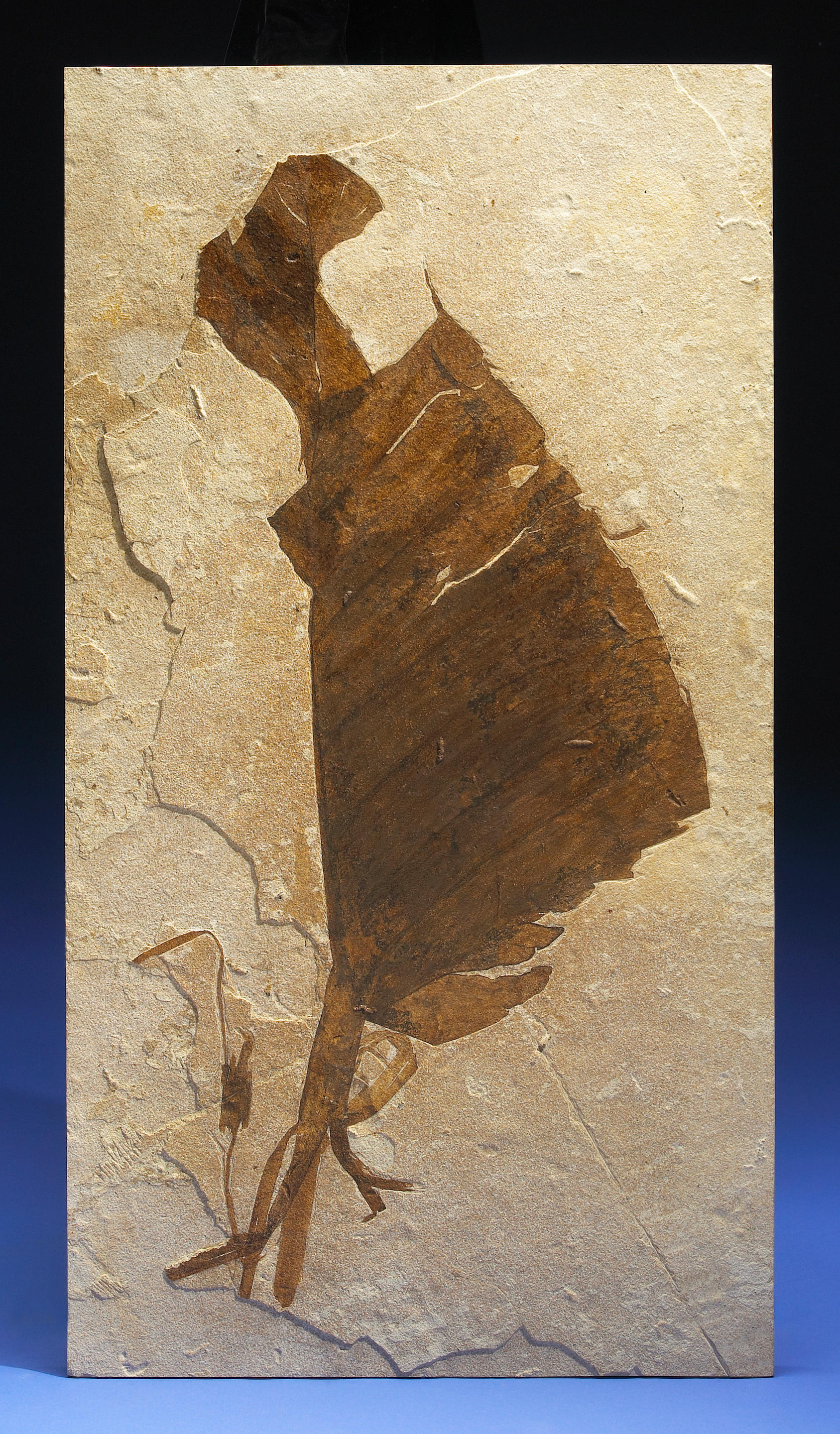
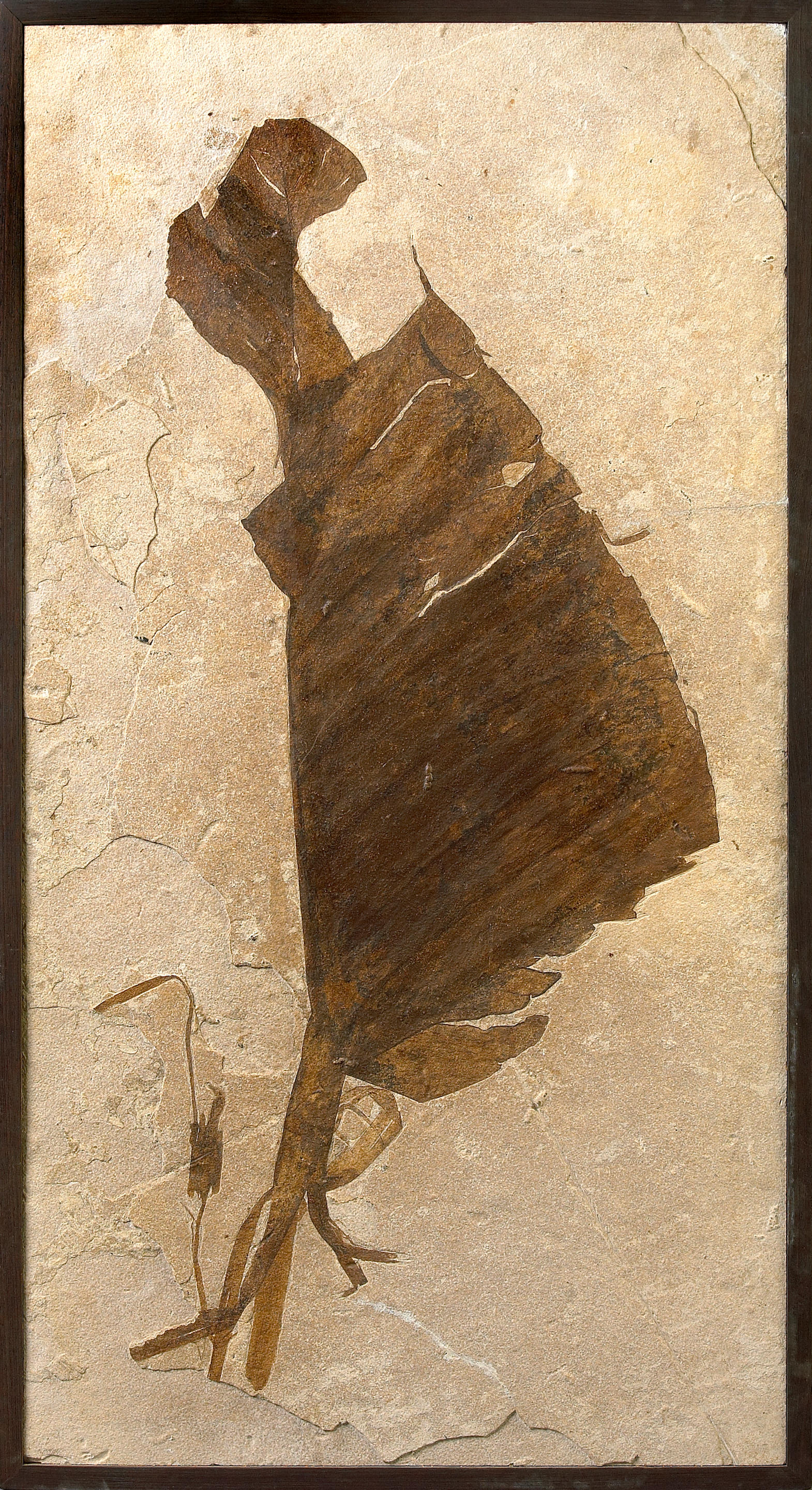




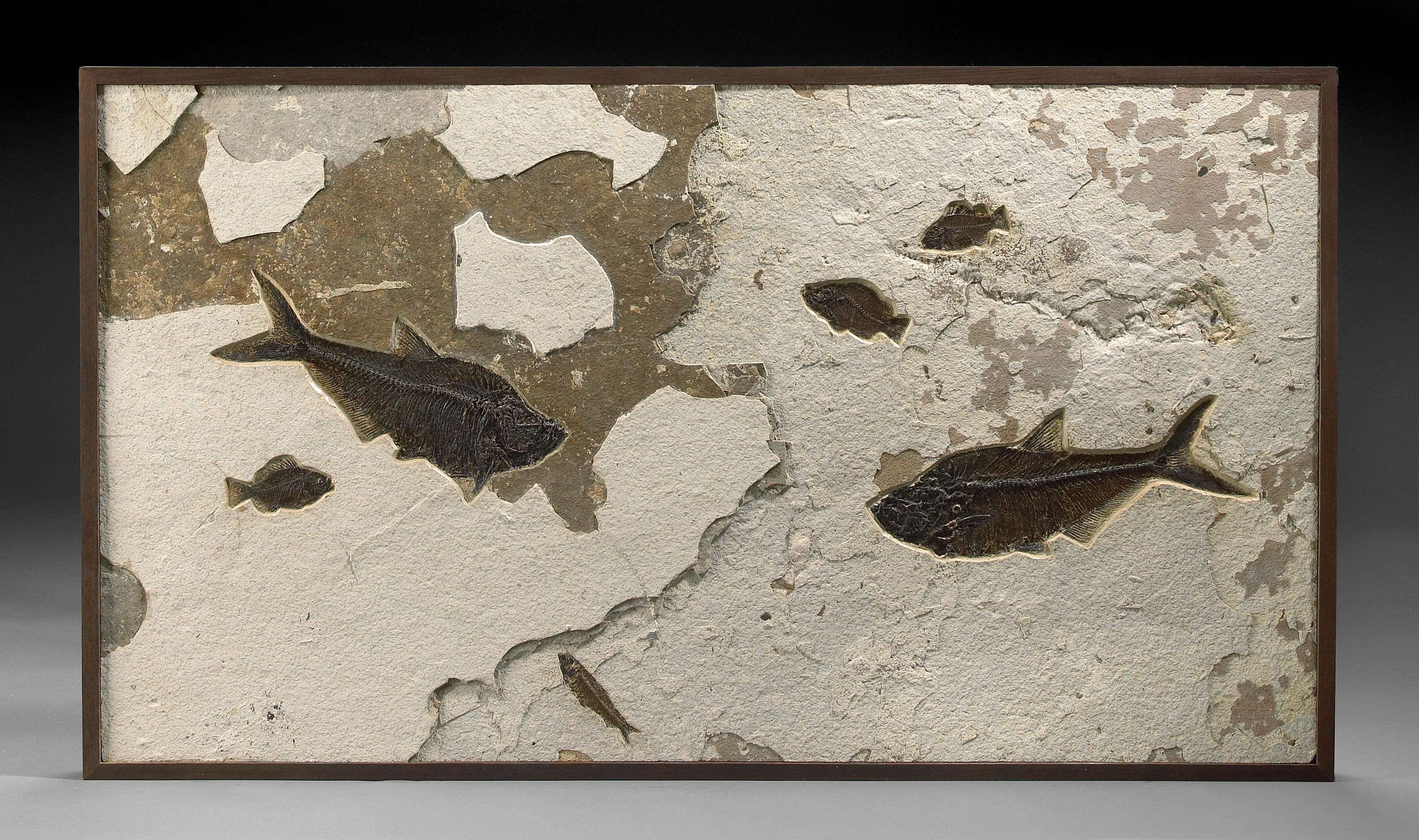
Testen Sie LotSearch und seine Premium-Features 7 Tage - ohne Kosten!
Lassen Sie sich automatisch über neue Objekte in kommenden Auktionen benachrichtigen.
Suchauftrag anlegen